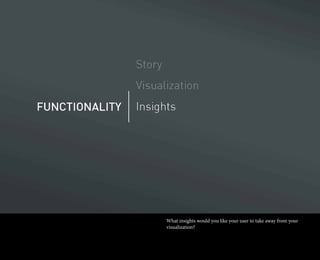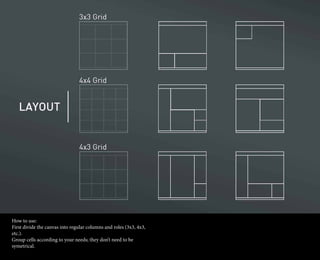Storyboarding is a crucial process in organizing visual arguments for user interactions, enhancing the overall user experience of visualizations. It involves defining the project's parameters, necessary interactions, and layout elements to produce an effective final visualization, which can take various formats. Considerations for storyboarding include user expectations, data types, interactivity levels, and effective design choices to convey the intended message clearly.


























































